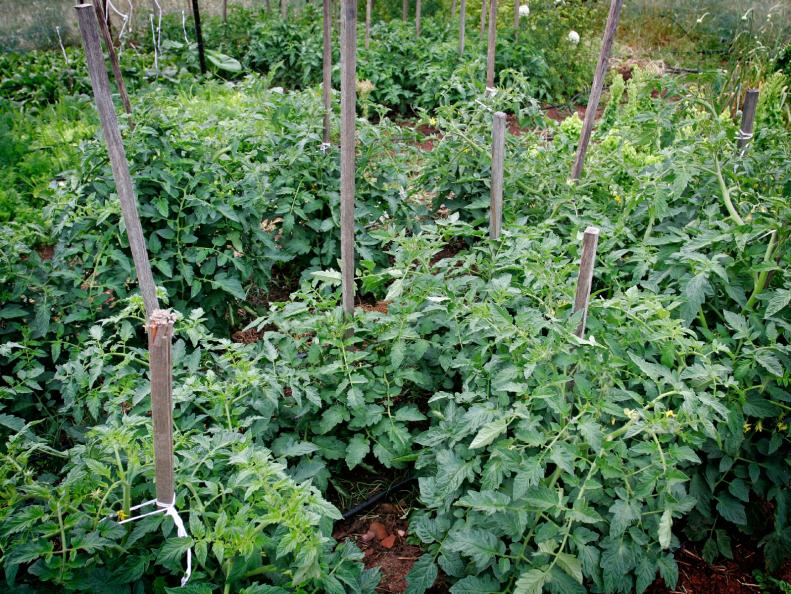1 / 7
Build Your Garden on Diversity
Too many of the same kind of plant makes your garden look like a landing strip to bad bugs. Instead, mix and match: perennials and annuals of all sorts, deciduous and evergreen shrubs and trees or, in this case, tomatoes that mature at different times in the growing season. If you want to plant a lot of the same kind of vegetable, try dividing it up in different parts of the yard.









